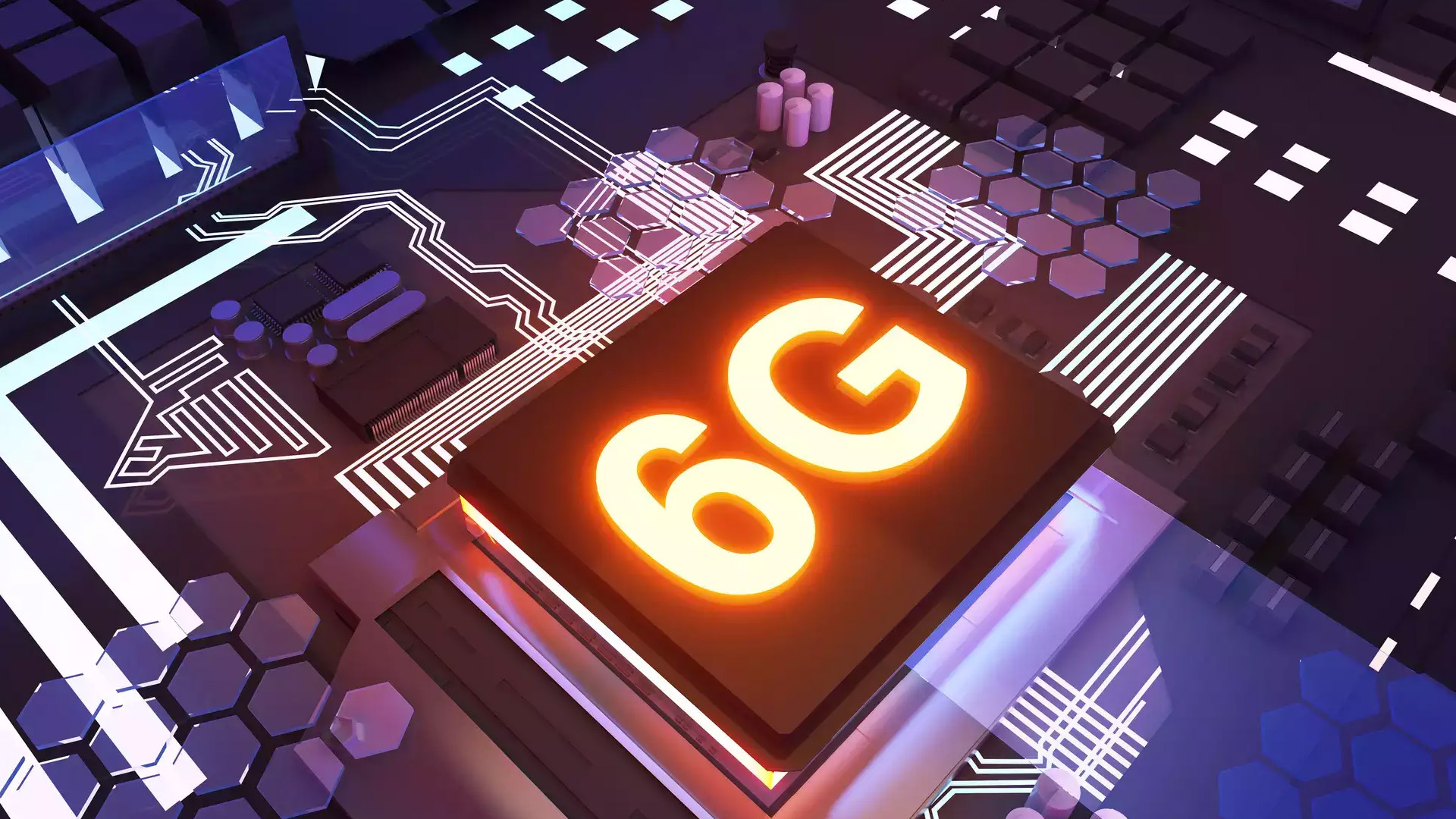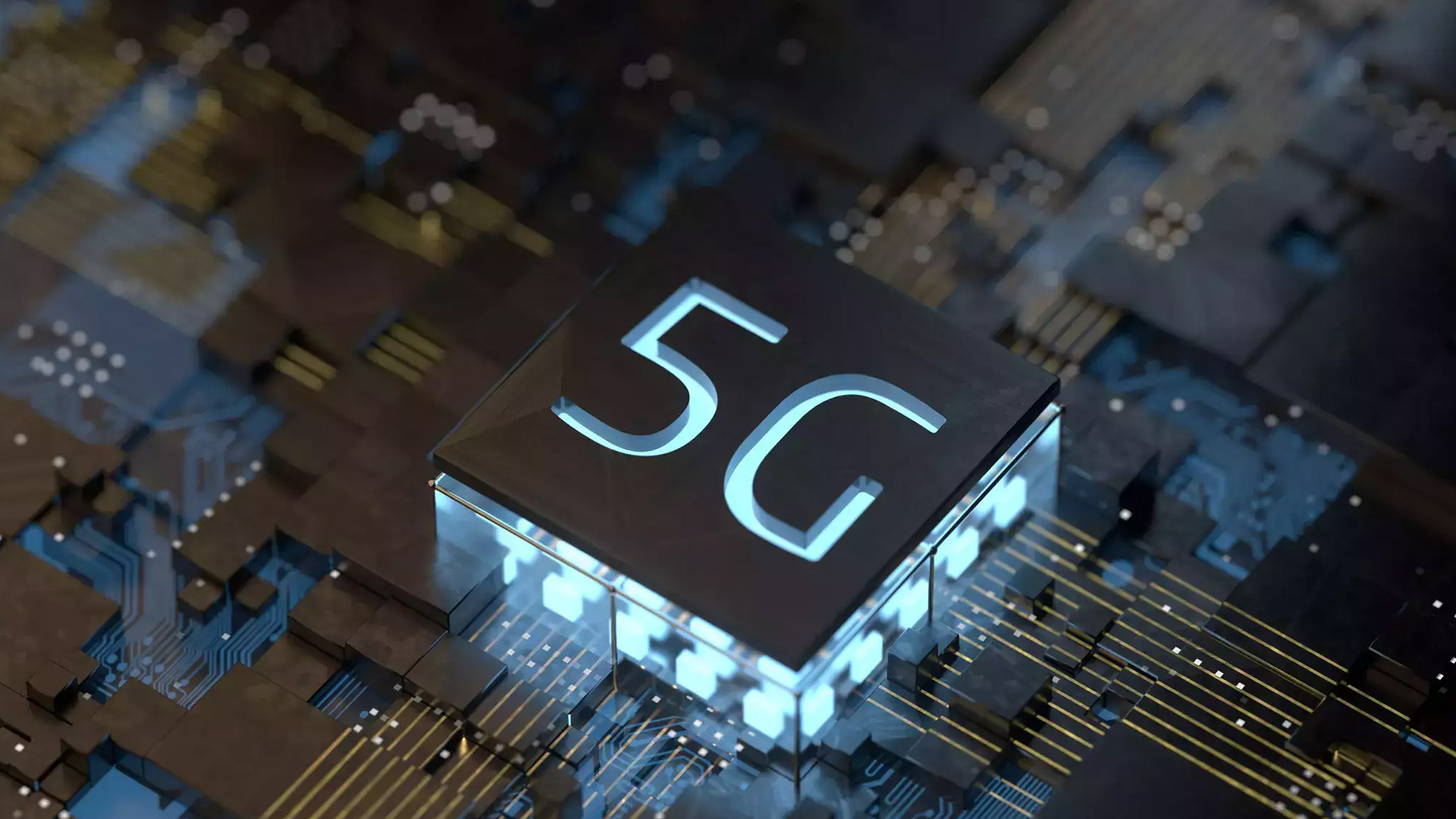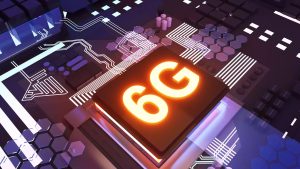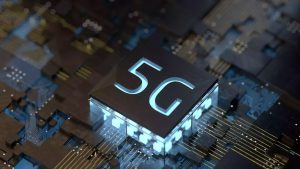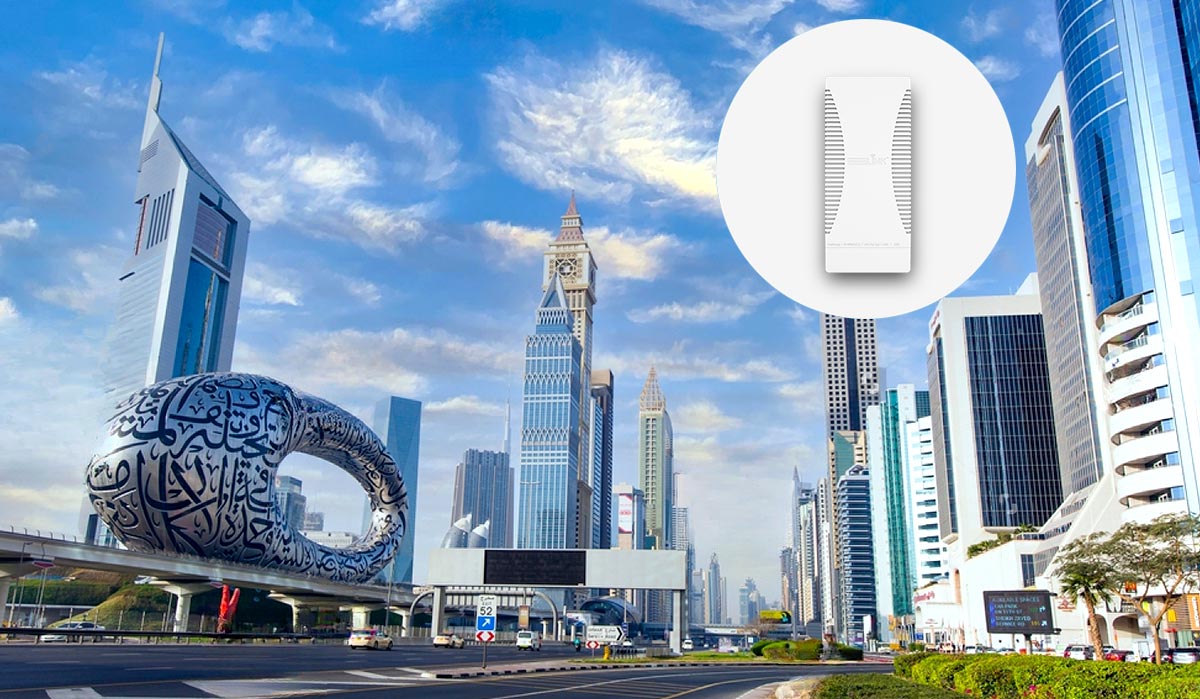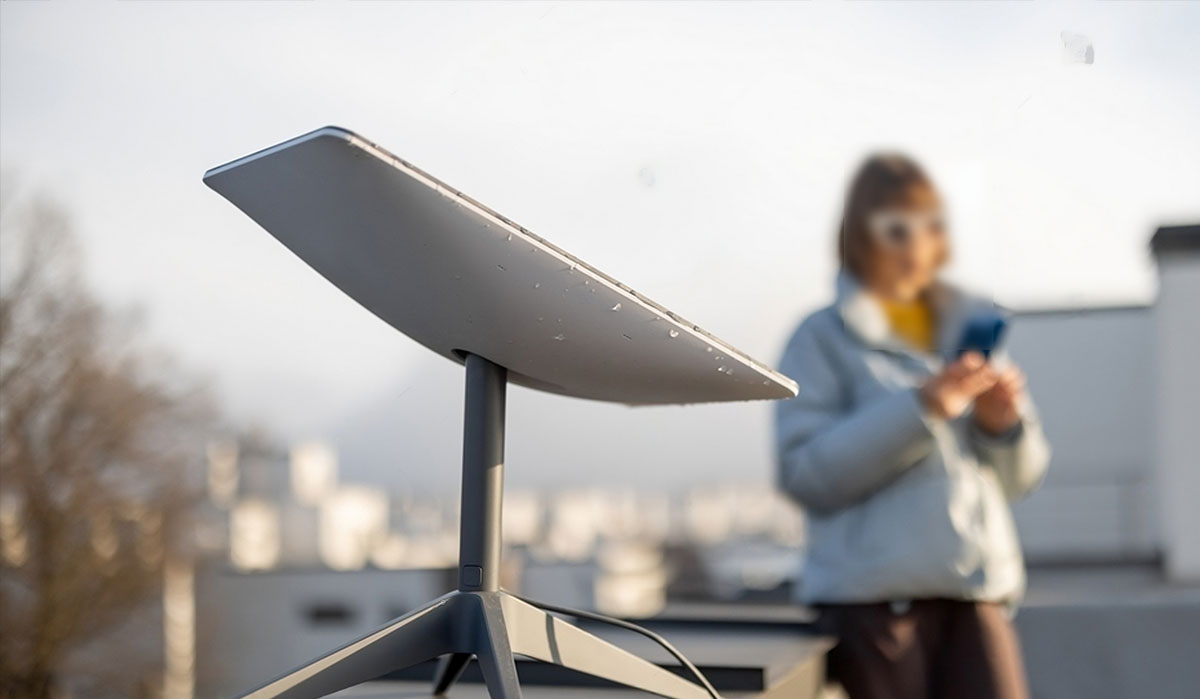Wi-Fi HaLow: Wireless for the internet of things

Wi-Fi HaLow, a moniker attributed to the IEEE 802.11ah standard by the Wi-Fi Alliance, is poised to revolutionize IoT connectivity. As a long-range, low-power extension of conventional Wi-Fi, it holds immense potential for applications spanning from sensors and wearables to smart buildings and cities. Here’s a comprehensive look at how Wi-Fi HaLow is reshaping IoT possibilities, with a touch of relevance to the UAE’s technology landscape.
Revolutionizing IoT Connectivity with Wi-Fi HaLow
- Wi-Fi HaLow is designed to cater to the unique demands of IoT devices, facilitating seamless connections for low-bandwidth applications.
- Its deployment versatility spans across an array of applications, including sensors, wearables, machine-to-machine (M2M) interactions, smart buildings, and the burgeoning smart cities ecosystem in the UAE.
UAE’s IoT Landscape and Wi-Fi HaLow’s Role
- Wi-Fi HaLow’s promise aligns with the UAE’s vision of transforming into a smart city hub. With its ability to connect low-bandwidth IoT devices, it synergizes with Dubai’s initiatives in sectors like transportation, infrastructure, and urban management.
- The technology offers an optimal solution for HD-quality video, contributing to Dubai’s drive for efficient surveillance and security infrastructure.
Unleashing the Benefits of HaLow
- Operating in unlicensed bands, Wi-Fi HaLow boasts inherent advantages over proprietary technologies in the unlicensed spectrum.
- The technology’s simplified architecture, compared to complex proprietary standards, streamlines the integration of IoT devices in the UAE’s dynamic technological landscape.
Leveraging HaLow’s Frequencies for Enhanced Range and Efficiency
- Wi-Fi HaLow operates at frequencies below 1 GHz, such as 902 – 928 MHz in the United States, allowing for extended signal ranges and superior signal penetration, ideal for the UAE’s urban structures.
- With longer signal ranges, Wi-Fi HaLow can cover considerable distances, making it an asset in scenarios where connectivity must span expansive areas.
Battery Efficiency for Prolonged IoT Operation
- The technology’s integration of low-power radios significantly extends the battery life of IoT devices, a valuable aspect for long-term deployments, a key concern for UAE’s IoT applications.
- This feature aligns well with the UAE’s emphasis on sustainable technology, complementing the nation’s green initiatives.
Strategic Role in Network Management
- Wi-Fi HaLow’s ability to segregate low-bandwidth IoT devices from the main Wi-Fi network enables network architects in the UAE to optimize bandwidth allocation for various devices.
- In Dubai, where the IoT ecosystem is thriving, Wi-Fi HaLow’s role in preventing bandwidth congestion becomes particularly relevant.
Addressing IoT’s Bandwidth Needs
- Despite being designed for low-bandwidth applications, Wi-Fi HaLow can still support HD-quality video cameras. This potential resonates with the UAE’s focus on cutting-edge surveillance systems.
Simplified Infrastructure Integration for UAE’s IoT Growth
- Unlike some IoT technologies, Wi-Fi HaLow doesn’t require proprietary controllers, hubs, or gateways, contributing to cost-effective and efficient IoT deployments.
- For Dubai’s urban expansion, where rapid IoT integration is essential, Wi-Fi HaLow’s plug-and-play nature aligns seamlessly.
Challenges and Future Prospects
- Wi-Fi HaLow’s adoption remains gradual, reflecting the burgeoning nature of IoT technologies. Yet, its alignment with Dubai’s aspirations for smart city development ensures its relevance in the long run.
- Ensuring seamless operation in the UAE’s diverse urban landscape, Wi-Fi HaLow will play a pivotal role in IoT’s evolution, offering an extended range, power efficiency, and efficient bandwidth utilization.


